 Last October, the Department of Natural Resources’ Urban Forestry program awarded fifteen communities and tribes with grant funding in response to the State of Emergency declared on July 18th, 2019. This declaration triggered the availability of up to 20% of the program’s funds, an amount of $104,920, to affected Wisconsin communities to help lessen the burden of storm-related damages to their urban forest canopy. Each applicant was able to request a maximum of $50,000; however, due to the unprecedented number of applications received, grants were limited to awards ranging from $4,000 to $8,428.19.
Last October, the Department of Natural Resources’ Urban Forestry program awarded fifteen communities and tribes with grant funding in response to the State of Emergency declared on July 18th, 2019. This declaration triggered the availability of up to 20% of the program’s funds, an amount of $104,920, to affected Wisconsin communities to help lessen the burden of storm-related damages to their urban forest canopy. Each applicant was able to request a maximum of $50,000; however, due to the unprecedented number of applications received, grants were limited to awards ranging from $4,000 to $8,428.19.
The Department submitted a request in December to the Joint Committee on Finance to transfer funds from the forestry emergency reserve. This reserve was created in 2017 as a result of Wisconsin Act 59 for emergency responses to significant fire, disease, infestation, or other natural disasters that could not otherwise be reimbursed by federal funds.
Continue reading “Catastrophic aid request approved for communities”

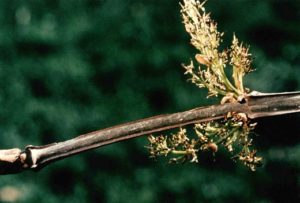 e emerald ash borer (EAB) has a voracious appetite. This pest has eradicated unprotected green and white ash in many communities in southern Wisconsin and can be expected to eventually impact all communities in the state. EAB is also damaging wetland and riverine forests by eliminating green and black ash from these woodlands, which had already become less diverse and resilient from the loss of American elm from Dutch elm disease.
e emerald ash borer (EAB) has a voracious appetite. This pest has eradicated unprotected green and white ash in many communities in southern Wisconsin and can be expected to eventually impact all communities in the state. EAB is also damaging wetland and riverine forests by eliminating green and black ash from these woodlands, which had already become less diverse and resilient from the loss of American elm from Dutch elm disease.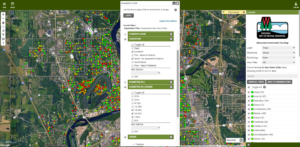
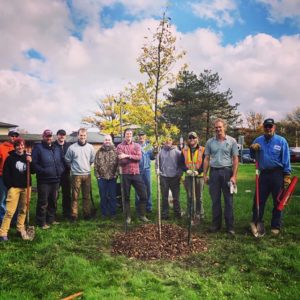 Over the years, the Urban Tree Alliance (UTA), a Madison-based nonprofit, has launched several innovative programs that promote environmental equity. The first of these programs, the
Over the years, the Urban Tree Alliance (UTA), a Madison-based nonprofit, has launched several innovative programs that promote environmental equity. The first of these programs, the 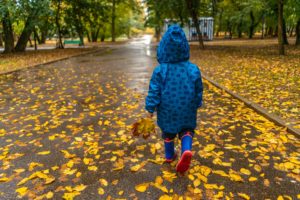 Looking for some hard numbers on how urban trees affect health conditions such as asthma, cardiovascular disease, obesity, and ADHD?
Looking for some hard numbers on how urban trees affect health conditions such as asthma, cardiovascular disease, obesity, and ADHD? 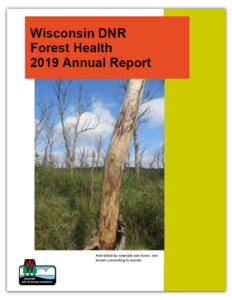 The DNR Forest Health team recently completed the
The DNR Forest Health team recently completed the 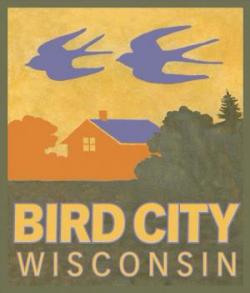 Bird City Wisconsin announces a new small grants program available to current Bird City communities. Grants totaling $500 will be awarded in each of three categories: creating and protecting bird habitat, educating residents about interactions between birds and people, and protecting birds by reducing threats.
Bird City Wisconsin announces a new small grants program available to current Bird City communities. Grants totaling $500 will be awarded in each of three categories: creating and protecting bird habitat, educating residents about interactions between birds and people, and protecting birds by reducing threats.